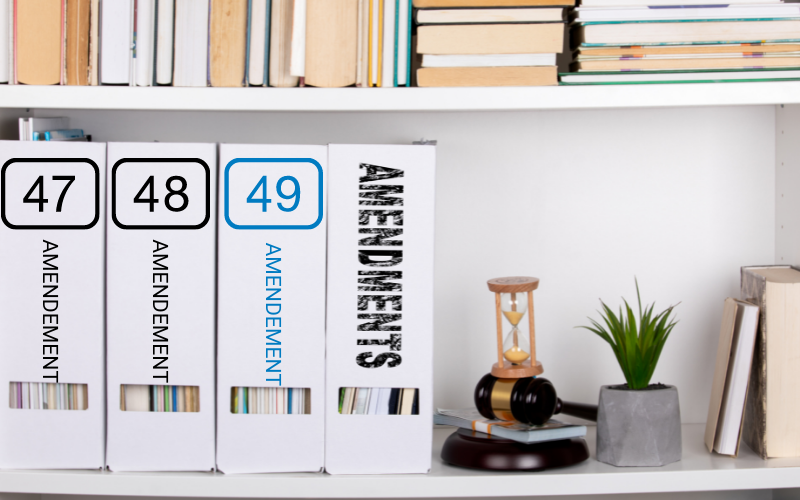What is IFRA?
IFRA stands for “International Fragrance Association”, worldwide organisation of manufacturers and processors of fragrance ingredients. Its mission is to ensure the safety of fragrance raw materials and the use of fragrance ingredients to protect consumer health and the environment.
IFRA has developed a Code of Practice for the fragrance cosmetics industry based on three principles:
- a ban on the use of some fragrance ingredients
- the restriction of the quantity of some ingredients used in fragrance products
- characterisation of purity requirements for specific ingredients.
Application and compliance with this Code is mandatory for all IFRA member companies and allows them to obtain the IFRA certificate, a guarantee of credibility and consumer trust. However, this certificate is not a regulation and the application of the Code remains voluntary for all other non-IFRA member cosmetic companies.
With a regular update of its Code of Practice, IFRA has revised its standards with the communication of the 49th amendment, resulting in many significant changes for companies in the fragrance cosmetics industry.

What is the 49th Amendment?
The 49th amendment is the result of a thorough review of IFRA’s standards and risk calculation methods for determining the safe use of fragrances and fragrance ingredients. These major changes include:
- The harmonisation of the format of all IFRA Standards
- A new Quantitative Risk Assessment (QRA) methodology, named QRA2, taking into consideration overall consumer exposure via different products and revised product categories.
Calculation improvements have been made according to the new risk assessment process of the Research Institute for Fragrance Materials (RIFM). The RIFM is the international scientific authority on the safe use of fragrance ingredients.
What can we learn from the 49th amendment?
1. Harmonisation of the format of IFRA standards
The harmonisation of the IFRA standards includes the publication of 25 new standards, and many more revised standards, adding to 214 the number of ingredients covered by these standards. All are available here.
2. New risk calculation methodologies
The 49th Amendment lists several improvements to its quantitative risk assessment methodology, including :
- skin sensitisation: application of a new methodology, called QRA2, to better detect the sensitising potential of a substance;
- calculation of systemic, dermal and photo toxicity for all fragrance ingredients: creation of a new process for assessing these risks, based on aggregate exposure, allowing the consumer overall exposure to be taken into account;
- phototoxicity: new restrictive considerations for rinsing products;
- the change in the IFRA Code of Practice categorisation of finished products: from 11 to 12, with the introduction of new subcategories, allowing for more precise and targeted restrictions. The terminology “IFRA classes” has become obsolete.

How to implement the IFRA 49th Amendment in cosmetics?
Implementation deadlines have been set by IFRA to implement the good practices of its 49th Amendment:
- Since May, 10th 2021: for all new creations of scented cosmetic products,
- Until May, 10th 2022: for all existing creations.
To maintain your product’s regulatory compliance and ensure its safe and effective use by consumers, it is essential to get in touch with your supplier, some of whom will help you assess the impact of these new compliance requirements.
Here’s an example with ALPOL Cosmétique:
The cosmetics manufacturer helps to maintain the regulatory compliance of its customers’ formulas, even once they have been developed, produced and put on the market.
Acting on behalf of its clients’ as regulatory support, ALPOL Cosmétique takes over analysis and verification of compliance standards, including this of IFRA 49 for any purchased fragances and associated formulas. This way, it allows the applicant to avoid any investment cost associated with compliance verification.
Accompanying the customer throughout the creation of its cosmetic product, the cosmetics manufacturer attached great importance to anticipate customers’ reformulations and questions so that the finished products comply with the existing regulations.
Do you have any questions about the regulations for your cosmetic product development project? Contact our team to help you.





